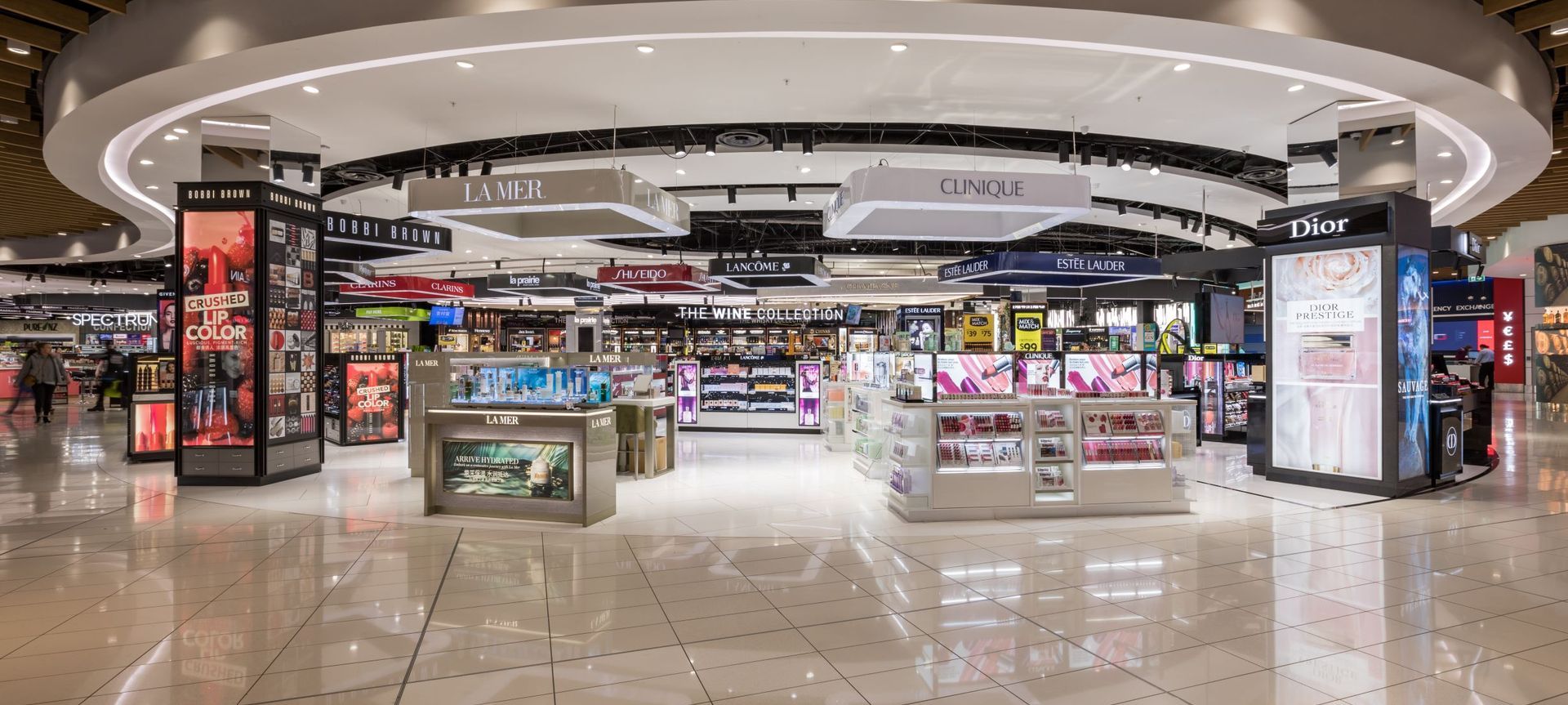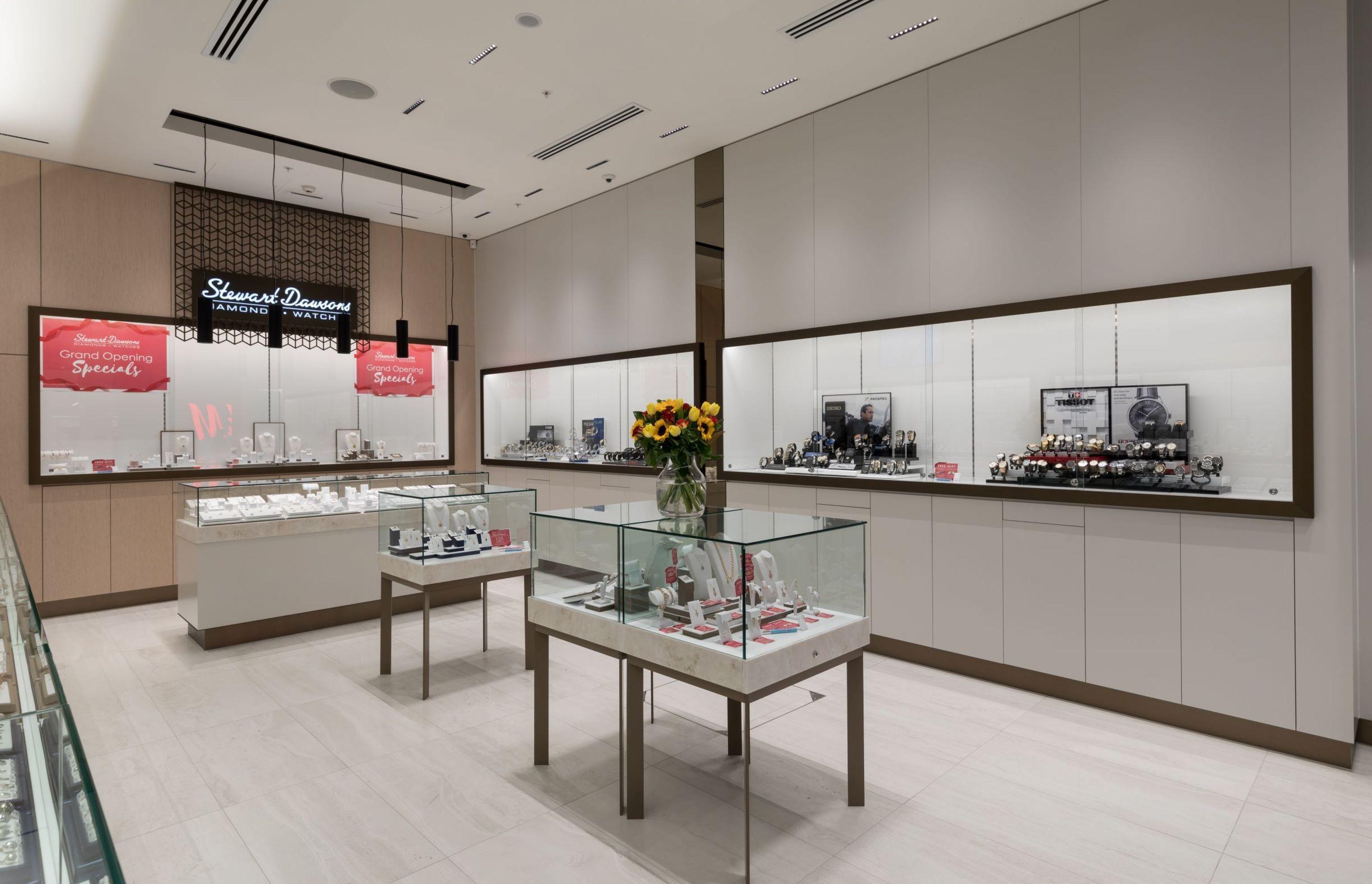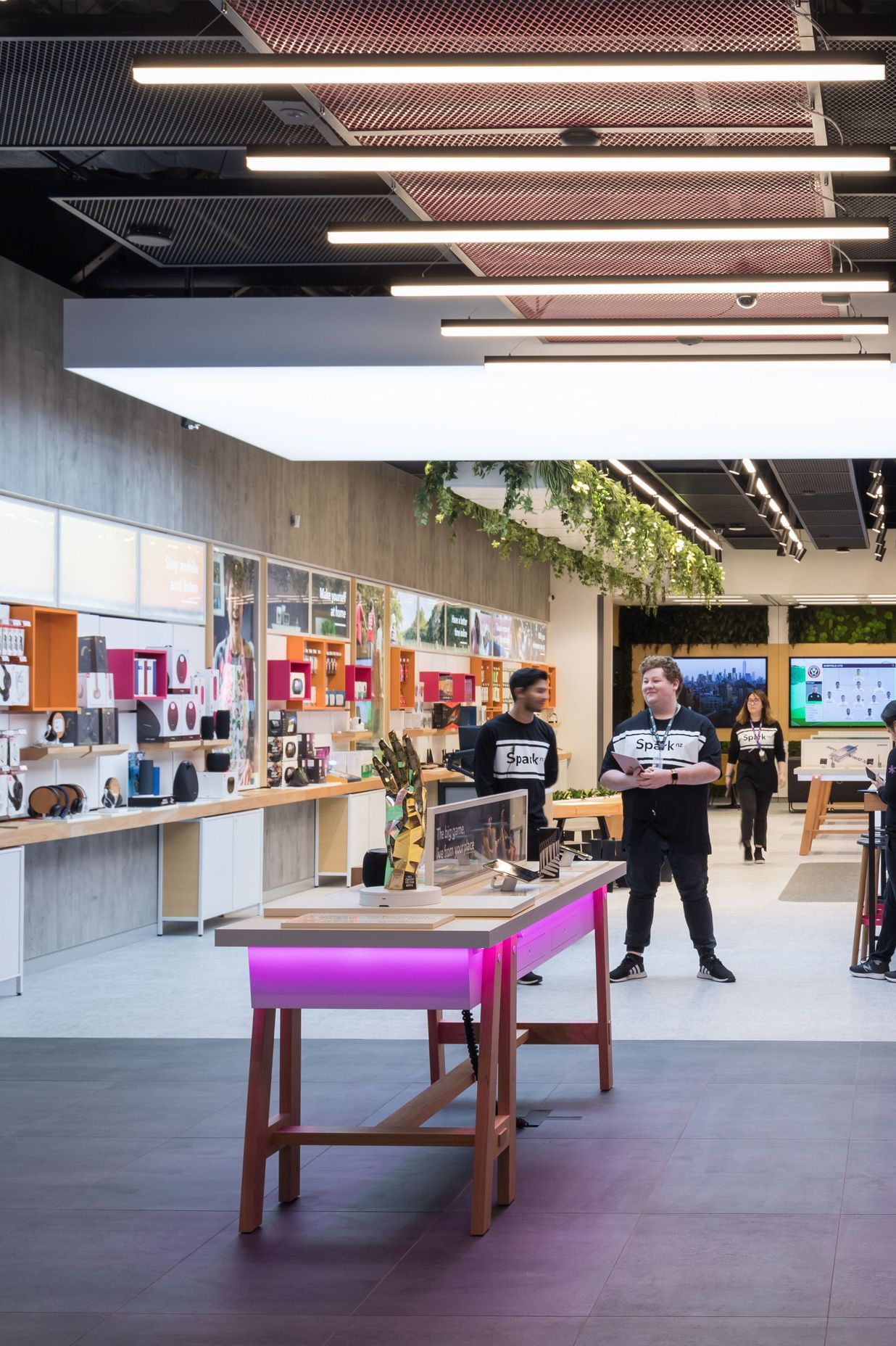Enhancing the architecture of retail spaces
AE
Written by
03 October 2019
•
4 min read

Designing spaces that capture people’s attention, draw customers into a sense of comfort and create workplaces for staff that encourage productivity is at the forefront of retail lighting design. We spoke to Light Plan about illuminating stores to optimise sales.
In many cases, it’s a subconscious awareness of a setting that leads us to enjoy or linger in a shop, and that’s generally due to the quality of light. It’s a feeling most of us can relate to - walking into a space and instantly feeling uncomfortable. “That’s often due to a poorly planned lighting design that has led to over saturation across an entire retail space rather than targeted lighting of products or areas of a space,” Lightplan’s Carly Knowles says.
“That instant feeling of unease in a retail environment is generally due to excessive glare or lack of contrast. Too often lights are specified without regard to the overall function of a space, which leads to an uncomfortable setting for staff and customers.”

Creating the ideal lighting solution for a retailer centres on the intended function of a space. Is it to sell electronics, jewellery, or to take people on a journey through a clothing store, highlighting certain products on their journey through the space?
The answer will determine the best lighting solution. “For example, a jewellery store may want to create a certain ambience in the main area of the shop, while casting bright, crisp light onto the cabinets to showcase the products without spreading this illumination throughout the area. Avoiding shadowing is also a major obstacle to overcome, and can be achieved by using recessed LED strip lighting in addition to main downlighting,” Carly says.
“Versatility is another key part of a successful retail lighting design, and this is mostly achieved with the clever use of track lighting. Its commonplace for retailers to alter a store’s layout with seasons, sales or new products and it may be that the initial lighting design does not cater for movement, leaving certain products in the dark and the wrong areas highlighted.
“That’s why track lighting is a sought after option for retail spaces as it allows for versatility of illumination, with fittings easily able to be moved around as required to ensure the key parts of the store are showcased and softer light levels are retained in the rest of the areas.”
For retailers based inside shopping malls, a key part of success is drawing people into the store. “In a busy shopping mall that is generally bright and well lit, it’s important to create a point of difference and that starts with the window display in most cases. Using light to do this is one of the most effective ways to create a real drawcard. The options for this are vast, and you can really be as creative as you like with window displays. A particularly stunning project we recently finished incorporated the use of coloured LED lights that drew people towards and into the store.”
Glare is another common issue in retail spaces, and it’s something that can often be mitigated with the clever use of fittings. “For example, a black fitting will create less glare than a white one,” Carly says. “It’s these sorts of details that allow for a well considered, successful lighting design.”

However it’s not only the comfort of customers in a retail space that’s important, it’s the productivity of staff - an entirely different aim for a lighting design. “Combining these two key areas of success is vital. Productivity is closely linked to the availability of natural light, so in situations where there is limited natural light available, best practice is to mimic natural light patterns throughout the day. This is possible with advanced automated systems that will change throughout the day so subtly that those in the store would not notice,” Carly says. “It’s this type of technology that is changing the face of retail lighting and something that provides real results.”
Pendant lighting is another way to create a point of interest in an area of importance in a retail setting. “Pendant lights are often used in cluster configurations throughout the store or over a counter.”
Lightplan is based in Parnell and offers a full New Zealand-wide lighting design service, covering both residential, retail and commercial projects. The in-house design team work closely with architects, engineers, designers and clients to develop innovative lighting designs.
VIsit Lightplan on ArchiPro here to find out more.
